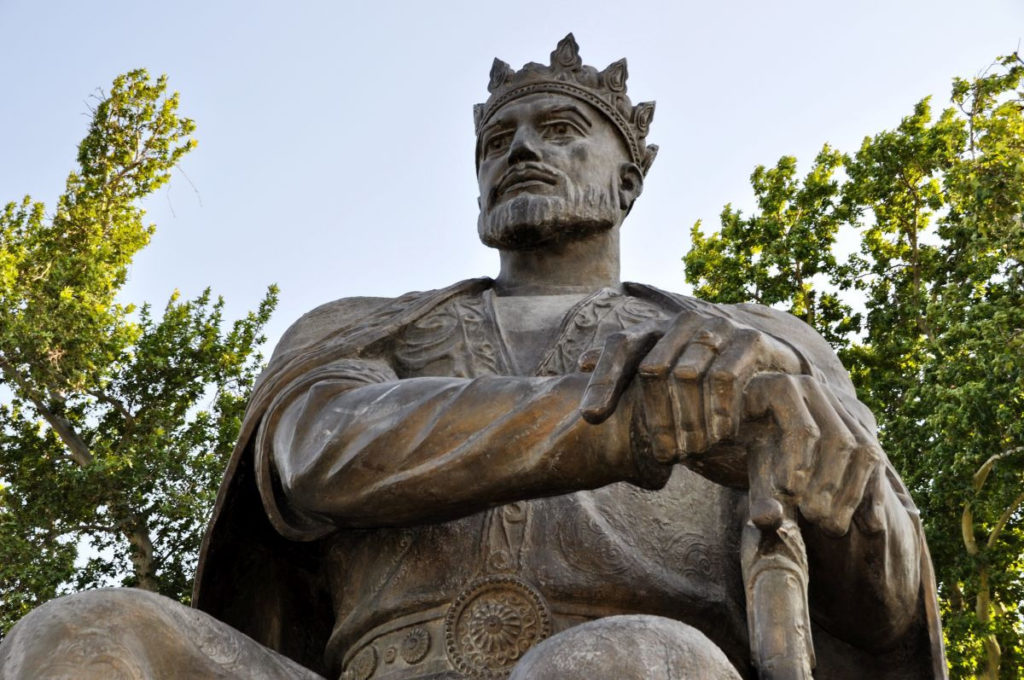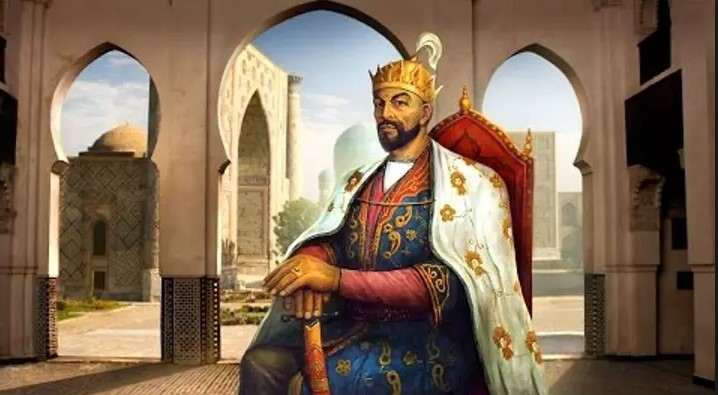Timur Taragay ibn Barlas was born on April 9, 1336 in the small village of Khoja-Ilgar.

The name Temur is translated from Turkic as “iron”, which in many respects influenced his strong-willed character and further fate. He was a brave and courageous young man, his parents and mentors raised him as a real warrior.
Despite the wound in the leg that he received in battle, he had remarkable strength and until the last days, he personally participated in all campaigns and battles. Therefore, historians called him the Great Lame.

Successful marriage to the daughter of Genghiside Sarai Mulk Khonim gave the opportunity to get a worthy title of the khan “guragan”, which is translated from Turkic as “son-in-law of the khan”.
The main goal of Temur was to overcome the fragmentation of Mawarannahr and to unite these lands into a single state. Despite its origin, he was able to oust the Mongols from Mawarannahr and unite the lands into one large state. He made Samarkand the capital of his empire – a desolate city near the ruins of the ancient capital of Sogdiana – Afrosiab. Here, he soon began the construction of defensive walls, the citadel and his residence.
By the beginning of the XV century, Amir Temur created a huge empire, his possessions stretched from the Volga to the Caucasus, from Central Asia to India. As a wise commander, he created a huge ideal army to protect his lands. The reign of Temur lasted for 35 years (1370-1405).
During a campaign to China in 1404, passing the city of Otrar, Amir Temur caught a cold and suddenly died.
The great commander and statesman have left us a huge legacy, ranging from literary works and Code of State administration to the unique masterpieces of the ancient architecture that have gone down in world history. He lived and worked, conquered the lands and created his story – the story of a great man.


No Comments so far
Jump into a conversationNo Comments Yet!
You can be the one to start a conversation.